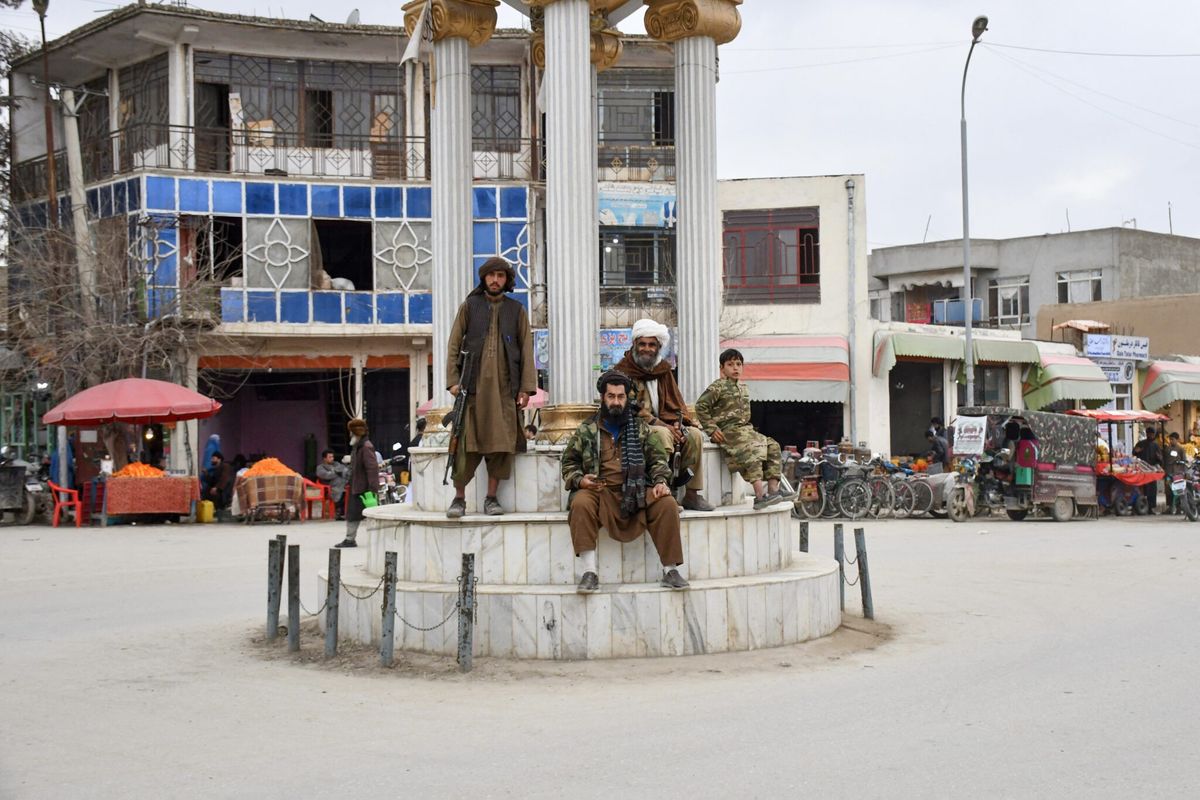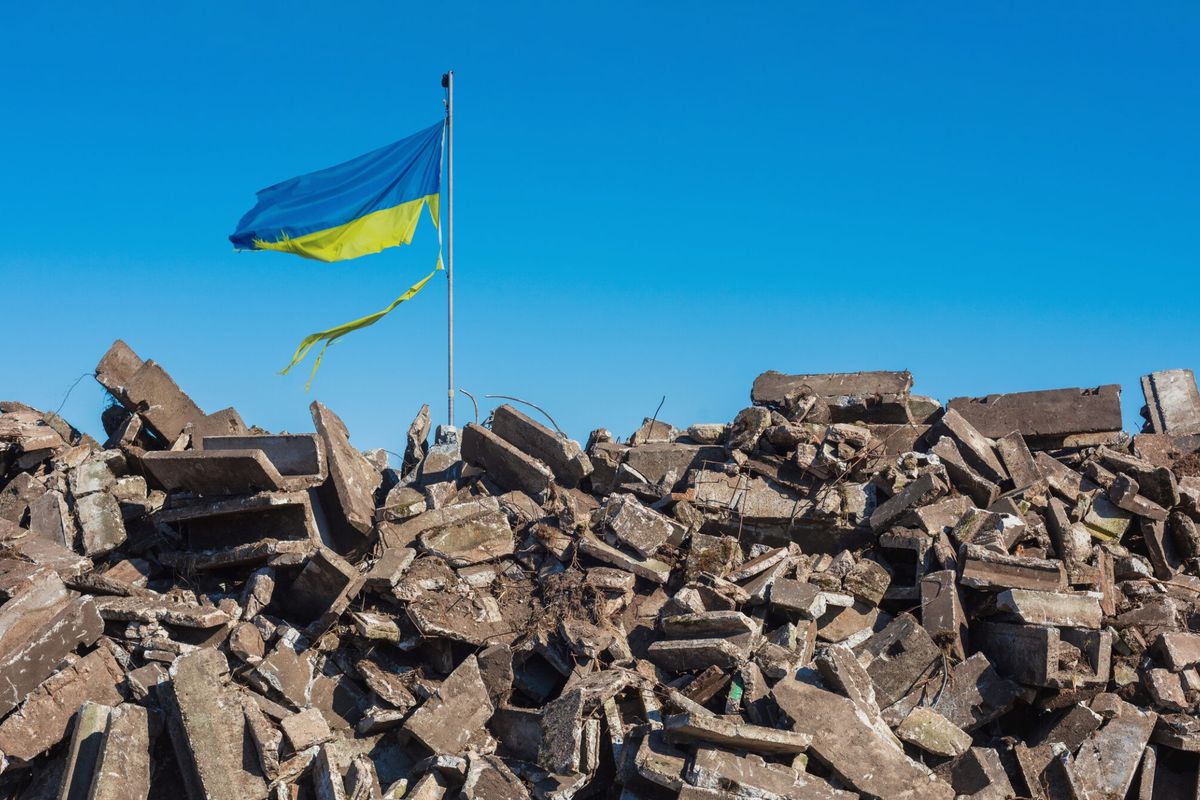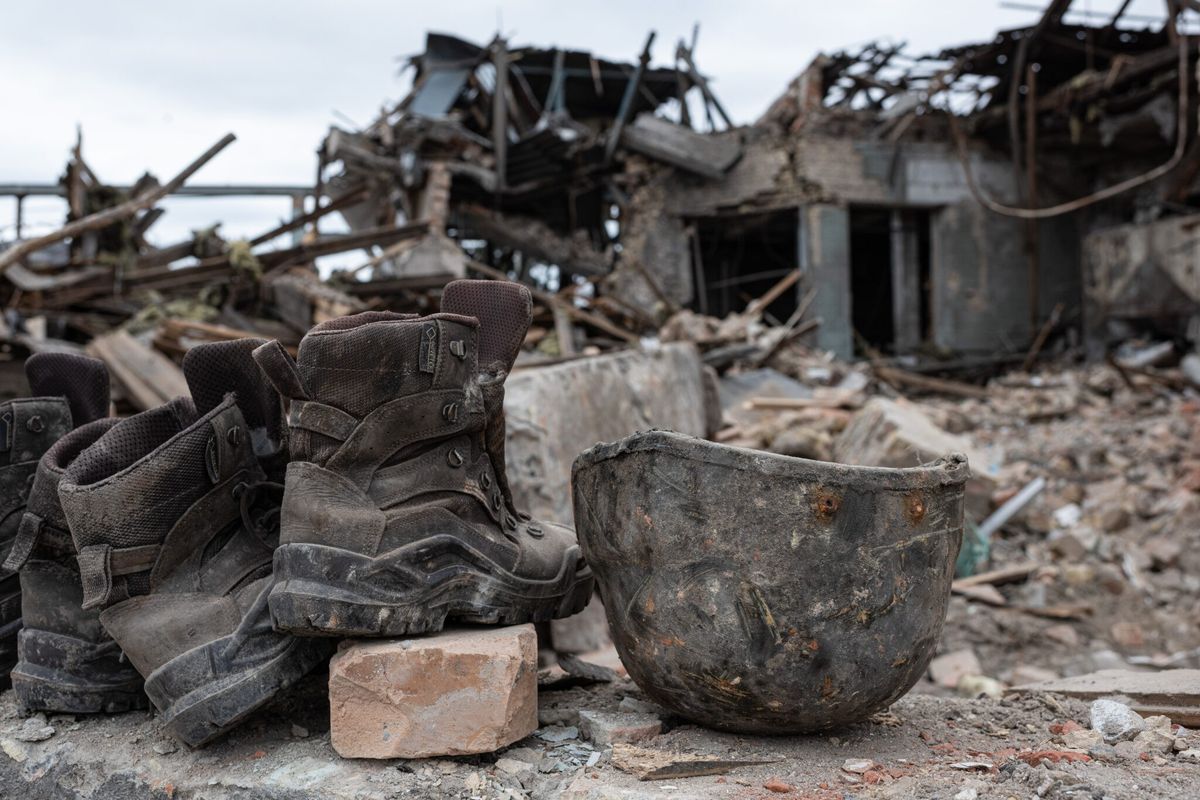In addition to ethnic divisions and poor governance, the power projection of neighboring countries inside Afghanistan will continue to be a key factor in determining whether the U.S. and our allies will be successful in Afghanistan. The primary mission for the U.S. in Afghanistan continues to be denying ISIS and al Qaeda bases of operations inside ungoverned spaces across the country, which enabled the 9/11 attacks on our homeland. ISIS is an ongoing threat, particularly in eastern Afghanistan; the country continues to be a major narcotics hub; and Taliban fighters effectively carry on their insurgency while demonstrating increased tactical sophistication and access to weapons and military equipment.
U.S. policymakers considering future regional strategies should reflect on the extent to which the solutions to Afghanistan’s significant economic, political, and security challenges may be found not only in Kabul, but in Islamabad, Beijing, Moscow, New Delhi, and even Tehran. Deliberations about U.S. troop commitments and strategy, therefore, should also consider the value of naming a White House special envoy for Afghanistan, who would focus on Afghanistan’s internal challenges and simultaneously engage regional and international power brokers both to maximize collaboration and limit deleterious outside influence. The role of a special envoy to Afghanistan would create a central point of contract that could engage directly with the various government and non-state actors with interests in Afghanistan, cutting out bureaucratic processes and stovepiped initiatives.
The U.S. has deployed special envoys since our independence. In modern times, presidents have recognized that while ambassadors generally oversee bilateral relations, an envoy can provide invaluable leadership by effectively managing a crisis or regional portfolio by negotiating with multiple parties, rather than just a representative of a single government.
As Western forces have drawn down following the 2010 troop surge in Afghanistan, regional power brokers' influence has grown. The U.S. engages with Afghanistan’s neighbors in a virtual Venn diagram of shaded space where our interests coincide, including counterterrorism operations against al Qaeda and ISIS, as well as in unshaded space, where our interests diverge – for example, over some nations’ material support to the Taliban and other proxy militants.
Afghanistan occupies a key geostrategic location with major economic, political, security, and cultural connectivity in the region. The country’s precarious security situation reflects in part the proxy conflicts in which regional powers engage on Afghan soil. Pakistan and Iran, for example, exercise competing, and durable influence over Pashtun and Shia dominated areas in Afghanistan respectively.
For Pakistan, Afghanistan represents strategic depth against its mortal enemy India, which signed an economic cooperation treaty with Afghanistan in 2011. India continues to track with great concern proxy militants, including Lashkar-e-Taiba, who have gained tactical expertise in Afghanistan that they used to carry out attacks in the heavily disputed Kashmir region. Afghanistan’s stability is also a key component of India's central Asian strategy – India and Pakistan have competed for influence in Afghanistan, but share common interests that include regional security and trade.
Iran also has interests in Afghanistan. Tehran has supplied weapons to the Taliban with an eye towards competing with the United States. As an important economic player in Afghanistan, Iran also funds nongovernmental organizations, schools, and media largely in support of Afghanistan's approximately 20 percent Shia population.
Moving outside of Central Asia, Russia has also substantially increased its interests in Afghanistan over the last decade and a half. The Kremlin, like Iran, has supplied arms to the Taliban with an eye towards bleeding its “main enemy,” the United States. Recently, Russia supported diplomatic, multilateral initiatives, which sought to exclude the United States from the peace negotiations.
Focused in the near term on increasing security within the region, including counterterrorism operations directed against Uighurs and the East Turkistan Islamic Movement (ETIM), China is interested in long term strategic collaboration with Afghanistan and economic gain. Afghan President Ashraf Ghani visited China shortly after taking office in October 2014 and endorsed the Chinese Silk Trade initiative, recognizing Chinese economic and cultural interests in Afghanistan, whose roots trace back to the 7th century. Afghanistan has significant natural resources including copper, iron, coal, marble, lithium, gemstones, and hydrocarbons, which have sparked China's interest and investment. Along with Pakistan, Afghanistan, and the United States, China was also a member of the Quadrilateral Coordination Group, which sought to enable negotiations between the Afghan government and the Taliban.
During a visit to Afghanistan in the 1960s, British historian Arnold Toynbee commented that "Afghanistan has been deluged with history and devastated by it." If the 19th century witnessed the onset of the first Great Game, the dispute between Russia and Britain over Afghanistan, and the 20th century the second Great Game after the Soviet 1979 invasion of Afghanistan, then Afghanistan has morphed during this century into a multinational conflict zone – the most complex and challenging rendition of the third Great Game.
As the U.S. Congress and White House debate U.S. strategy and commitment in Afghanistan, we would do well to remember Toynbee's reference to Afghanistan as the "roundabout of the ancient world." Perhaps a special envoy for Afghanistan would be best equipped to navigate the complicated, interwoven battlespace in South, Central, West, and East Asia. Deconflicting regional proxy military operations and competing interests while negotiating bilateral, and where possible, regional solutions to common threats would enhance U.S. strategy for Afghanistan and by extension U.S. national security.












